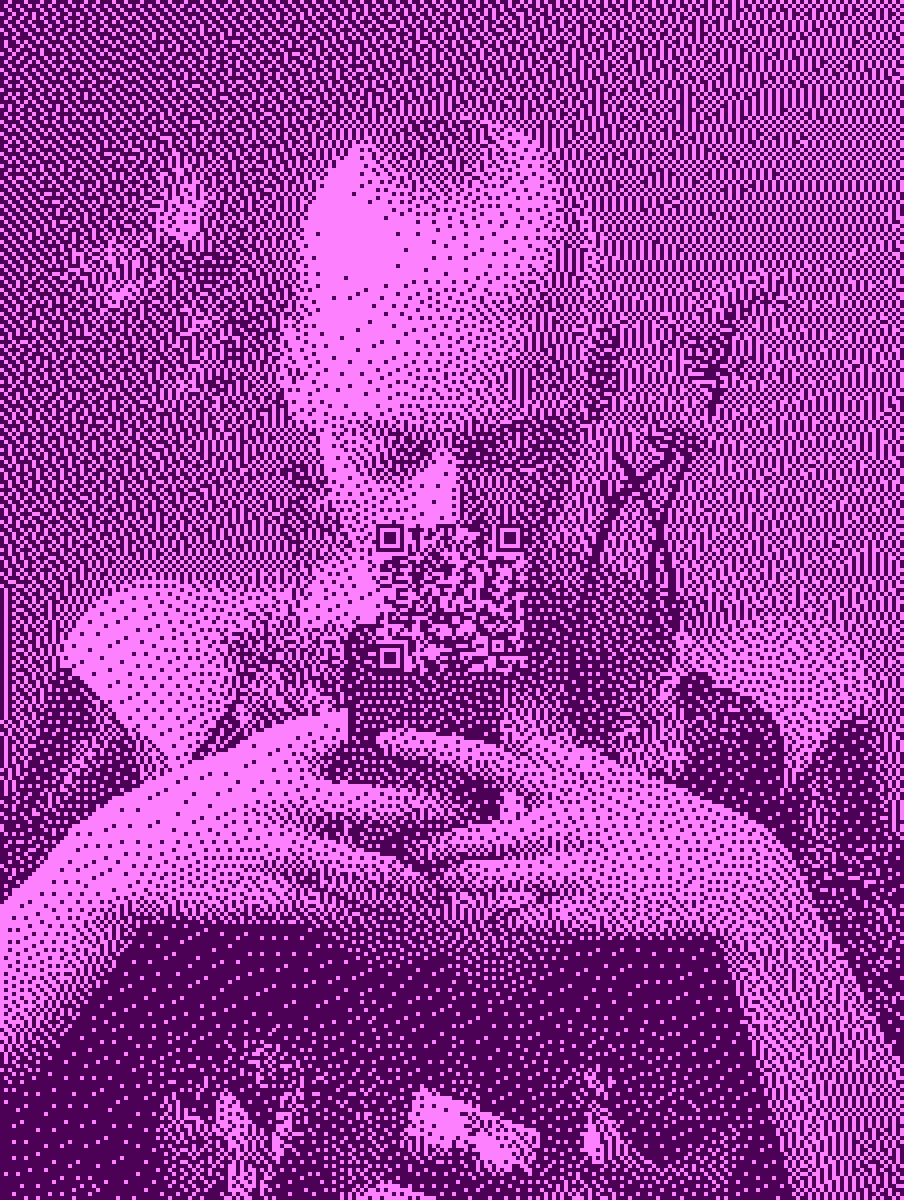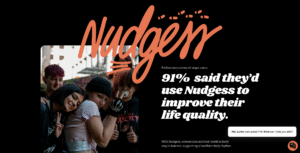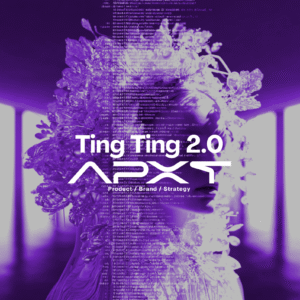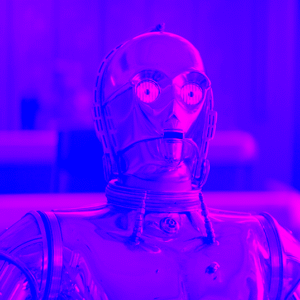Check our latest project: Retonix
There’s an interesting paradox. In science fiction worlds where we routinely leap between star systems, possess AI assistants more advanced than in our most fanciful dreams, and travel through time or galaxies in sleek spacecrafts, why is the screen resolution always so terrible?
Holograms blur, video calls drop frames, and interfaces look like a combination of late-90s screensavers and analog glitching. We groan nowadays when a Zoom call lags. But in the year 2400, for some reason, Starfleet still can’t quite get 4K video conferencing down.
This is not a production error. It’s a strategic design choice.
Welcome to the intersection of aesthetics, genre, and visual communication, where even “bad” design tells a good story.
A Visual Canon of Sci-Fi
Science fiction is not merely a genre of storytelling, it’s a visual language strongly coded with cultural expectations and cues. Over the decades, the genre has built up a “canon” of visual tropes that say “future” to our brains and eyes. Glitchy holograms, CRT-esque screens, flickering UI overlays, they’ve become part of the iconography of the future.
These aren’t just style decisions; they’re strategic communication acts. The moment a sci-fi film eschews these genre conventions, there is a danger that it will fail to be perceived as “sci-fi” to begin with.
Imagine a glossy future control room where all the screens are flawless, smooth, integrated seamlessly. It might look “realistic” in a science fiction context, but without genre signifiers, it might just look like an upscale Apple store, not a spaceship control room. Audiences need a visual anchor, a hint that says: “This is the future. But not our future, a sci-fi future.”
That anchor? Often, it’s the imperfection of technology.
Design as Genre Communication
Here’s where we move from film to the broader context of design strategy.
Design isn’t just about how things look or function. It’s about how things communicate meaning, successfully and deliberately. In science fiction, bad screen resolution or distorted transmissions aren’t signs of technological failure. They are signs of genre fluency.
In design terms, sci-fi designers are operating in a semiotic system, a language of signs and symbols that are instantly read by audiences. When we notice a transparent blue hologram stuttering or shimmering, we don’t fault the tech. We recognize the genre. It’s a kind of shorthand for “advanced,” ironically achieved through degradation.
If a film were to present high-fidelity communication tech that resembled our own real-world advancements too closely, it would break the suspension of disbelief, not because it’s too advanced, but because it doesn’t speak sci-fi in the language we’ve come to expect.
This is analogous to branding: if your luxury product doesn’t look high-end (through color, type, material), it won’t be read as high-end, no matter its quality. Design must communicate intention, audience expectation, and cultural context, always.
Design Without Context = Design That Fails
This principle applies far beyond the movie screen.
When organizations design products, services, or brands without an understanding of the semiotic layers—the genre, culture, context, and expectations, they risk alienating users, confusing their message, or simply being ignored.
Good design lies not just in aesthetics or usability, but in meaning. It signals, communicates, and aligns intention with perception.
Just as sci-fi filmmakers intentionally degrade video feeds to maintain genre coherence, strategic designers make conscious choices about color, type, tone of voice, interactivity, and form to create resonance. To make a user feel that something is futuristic, reliable, sustainable, luxurious, or authoritative, those feelings must be designed into the experience.
And they must do it within the visual language of the context that they’re in.
The Future Is Designed—Not Predicted
So, next time you’re sitting in a sci-fi movie and chuckle at a pixelated face warping on a spaceship console, just remember: that glitch is doing more than betraying a character, it’s transmitting a visual language built up over decades to say “this is the future.”
That’s the kind of design that transcends trends. Strategic, intentional, and layered with meaning.
It’s not a bug. It’s the genre.
And in our world, where brands, products, and services have to make their way through equally complicated symbolic systems, that’s a lesson worth recalling.
At Apxt Consulting, we help brands make complex decisions in design, balance tradition with innovation to create timeless, forward-looking products and brand identities. Strategic design is every change-subtle or bold-that reinforces the core values of a brand while adapting to a continuously changing market landscape.



